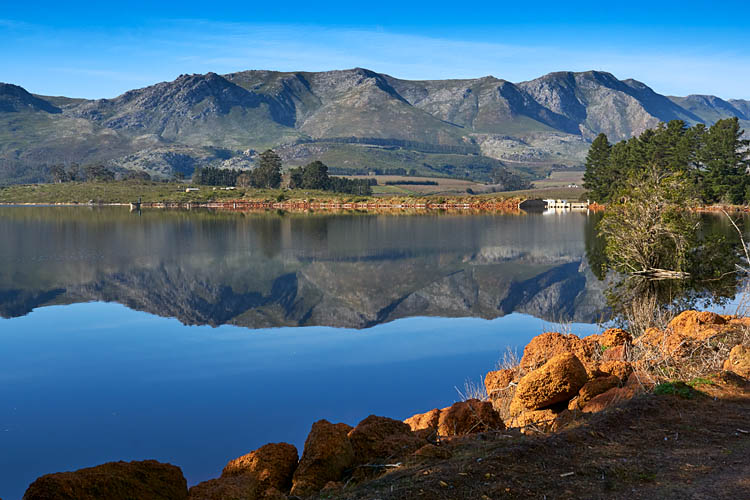
Water scarcity in and around Cape Town
Information on the drought and water shortage in and around Cape Town
Update September 2020
Due to a rainy winter the Western Cape’s dam levels are at 100.1% capacity and the drought is a thing of the past.
First article 2018
The Western Cape is currently experiencing the worst drought in a good 100 years. The reasons for water scarcity and water shortage were three very dry winters in the years 2015 – 2017 with precipitation levels well below the long-term average. As a result, the water levels in the dams for the drinking water supply were dramatically low and it was even expected that Day Zero would take place in April of this year. However, the day was postponed due to massive water savings, among other things, and now that the wet winter time has begun, the zero hour is no longer to be expected in 2018.
In the meantime, the outlook has become even more positive. In May we had normal rainfall again and it rained as much as in May 2015-17. 33% of the dams are currently filled (beginning of June 2017: only 19%) The weather forecasts for the coming months finally promise a normally rainy winter again. Nevertheless, water must still be saved so that the dams can recover and have a sufficient water level of 60% or more at the end of winter. At a filling level of 80%, the water crisis would have been overcome for the time being.

Everyone is still encouraged to save water. The standard is now 50 litres of water consumption per person. What does this mean for the holidaymaker? In restaurants and in the accommodations the noticeable restrictions are small. It’s enough to behave responsibly. The following measures are very helpful in avoiding water shortages in the coming season: shower only briefly and not too often, do not always flush the toilet, do not let the water run when washing hands and brushing teeth, change towels and bed linen at longer intervals.
In the Golden Hill Guest House we have made provisions and will be independent of the water supply in the coming season. We collect rainwater in two tanks, each with a capacity of 10,000 litres, and if this becomes scarce, we also use water from a borehole. A complete water treatment plant ensures drinking water quality. So nothing stands in the way of a pleasant holiday with us without great restrictions.
The current water shortage should not be a reason to avoid this beautiful area!
Update 5.7.2018
As early as the end of June, the City of Cape Town announced that there will be no Day Zero in 2019. After the heavy rains last weekend, the dams have exceeded 50% of their capacity. At the end of winter, i.e. the time when it rains at the Cape, the dams were only 38% full in 2018. Now it is already more than 50% and we still have 2 rainy months ahead of us. Tourists do not have to worry about the water supply in the coming year.
Update 11.8.2018
The average water level for all dams is now 56.9%. In the same month of 2017, the figure was only 29%. The Theewaterskloof Dam is still a problem child. It is the largest dam and more than 50% of it supplies the entire region with drinking water. Unfortunately, this is also the dam with the lowest water level. The filling quantity is only 42%, but at least this is significantly more than last year’s 22%.
